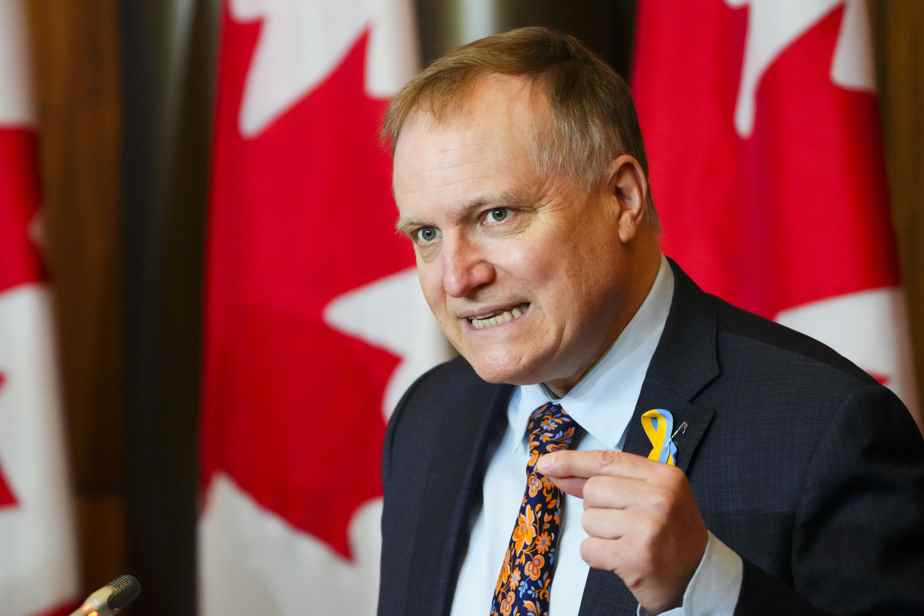The immobility of governance from which Hockey Canada suffers is akin to the torture of the drop of water. However, there is a solution that would satisfy most parties. This solution can be found in the general regulations of the organization.
Posted yesterday at 11:00 a.m.
Having served on several boards of directors of provincial, national and international sports organizations, I can understand the current position of Hockey Canada: the board directors are going in circles, wishing to protect the institutional memory of the organization and avoid a backsliding of its development over the next few years. Ironically, it is precisely because they have not adequately exercised their responsibilities as trustees of the organization for all these years that they now calculate that, in the balance of the inconveniences, it would be more damaging to replace the directors than to pivot into the future with the people of today. And, they must tell themselves, if they resign en bloc, it is the development of the sport that will suffer. They may be right, but the solution is undeniably their resignation.
The toothpaste came out of the tube, and we can’t put it back in. When the Prime Minister of Canada calls for a new board of directors, the situation is serious. From memory, this request has never come from so high, concerning a Canadian sports organization. Directors must therefore resign. But what is the solution to protect hockey programs that retain their relevance?
A transitional resignation, monitored by the members
But who is supervising the administrators of Hockey Canada? They are its members, in a role similar to that of shareholders in a commercial company. And who are these members? These are the provincial, regional and territorial associations or federations, such as Hockey Quebec.
All current Hockey Canada directors could commit to resign, which could take effect within 90 or 150 days.
This would avoid creating a vacuum on the board and ensure a quick transition. During this period, they would undertake not to take any action that would have a long-term impact on the organization, beyond the effective date of their resignation.
These decisions to resign would be individual, irrevocable and in writing. Any dispute relating thereto could be quickly settled before the Athlete Dispute Resolution Center of Canada. During this period, the members of Hockey Canada would be convened in a special assembly: either the acting president would convene the members, or the members who collectively hold at least 5% of the votes would request it. This meeting must be convened by the Board of Directors within 21 days of the request.
At this special meeting, the members would propose a plan to replace the directors, according to the by-laws, by means of resolutions recorded in the minutes, and made public. The date of a second extraordinary meeting would be set, to proceed with the election of new administrators.
However, article 35 of Hockey Canada’s by-laws provides that a nominating committee is responsible for the election of directors.
As the chair of this committee is appointed by the chair of the board, it would be wise for the members to suggest the name of a credible candidate to the chair. The Acting President would commit to appointing this person recommended by the members.
Finally, once the new board members are in place, they would begin a selection process for their new CEO, since the board has only one employee, its CEO.
Hockey is our national sport. It is tempting to want to quickly bring about change in light of the scandals affecting Hockey Canada, in the face of the apparent immobility of governance. These changes can and must take place. However, the best way to change the direction and culture of a sports organization is by first trusting its grassroots community, and giving it the appropriate tools, which are already in the general regulations of the organization.

